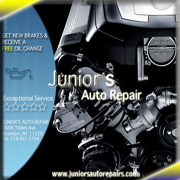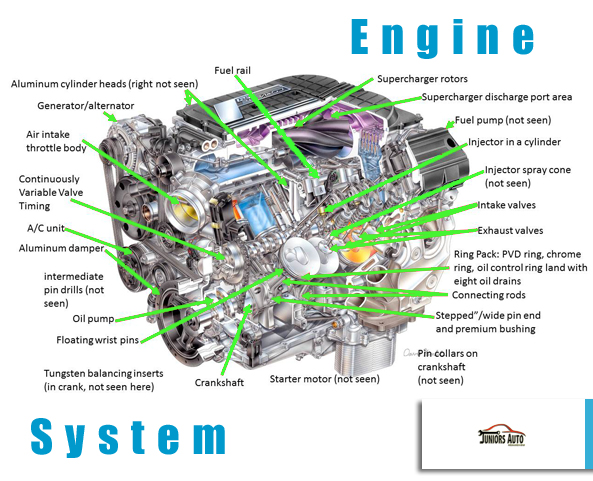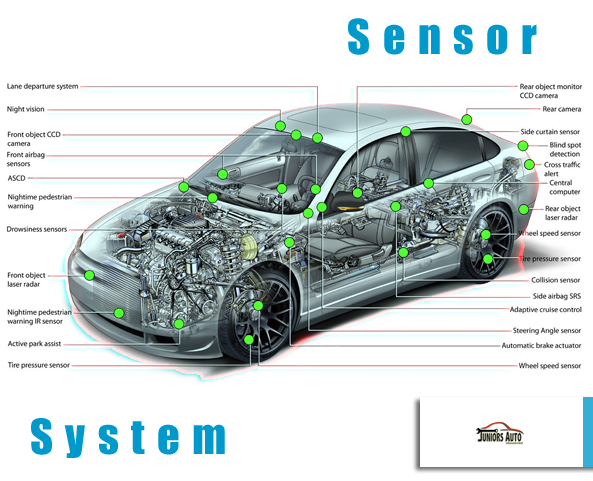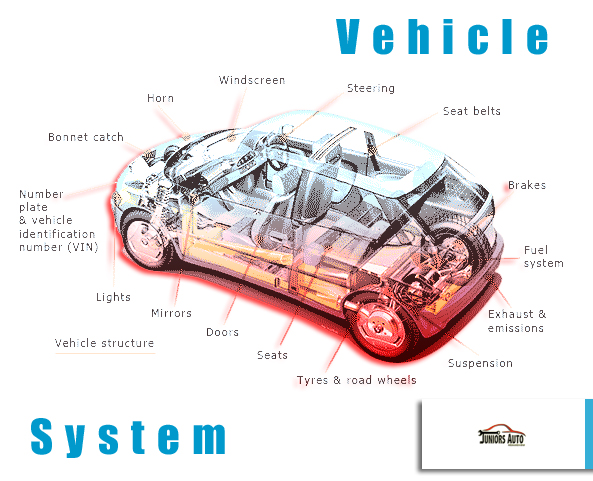
Have your vehicle inspected today!
Services By Category
Belts
Belts
Schedule AppointmentBELTS & HOSES
A vehicle’s belts and hoses are involved in the processes within the cooling system, air conditioning system, charging system, and engine. These belts and hoses play important functional operations inside your vehicle. The heater hose and radiator hose transport liquid coolant to and from the engine, radiator, and heater core. The timing belt maintains engine precision by synchronizing the rotation of the crankshaft and camshaft, which move the engine’s valves and pistons. Not all vehicles contain timing belts. In place of timing belts, some vehicles use timing chains (BMW, Mercedes Benz). On the outside of the engine, the serpentine belt transmits power from the front of the engine to other systems in the vehicle, like the air conditioning system and charging system. Some factors that contribute to wear and tear on your belts and hoses include vehicle age, mileage, belt tension, hose clamp failure, electrochemical degradation, and oil contamination. Routine maintenance and replacements of your vehicle’s belts and hoses will prevent breakdowns and costly repairs.
BELTS & HOSES BENIFITS
If you compare to other components in your car, belts and hoses have one of the shortest life spans. While constantly exposed to engine heat, vehicle vibrations, and harmful chemicals, which all have the potential to cause cracks and leaks, belts and or hoses will only last for so long. Some signs to be aware of for belts and hoses nearing failure are, squeaking, screeching, and or grinding noises that begin when starting your engine or appear during vehicle operation. It's worth noting that grinding sounds near belts are usually associated with a bad pulley bearing rather than the belt itself, as the pulley bearing may freeze up and ultimately lead to a belt replacement. Other symptoms of a bad belt or hose include loss of power, leaking coolant or other fluids, illuminated dashboard lights, rising steam from the engine, and air conditioning failure. While routine maintenance of belts and hoses is always important, summertime is an especially important season to keep an eye under the hood due to increased temperatures, which will accelerate deterioration of the rubber components. Since belts and hoses can be difficult to inspect visually, be sure to follow your manufacturer’s recommendations for scheduled maintenance.
Among all the equipment in your vehicle, belts and hoses have the shortest lifespan. Due to constant exposure to heat, vibration, and harmful chemicals, these components invariably crack, leak, fray, and peel. If not promptly replaced and maintained, this could spell disaster for the performance of your vehicle. And evaluating the condition of your belts and hoses only on their appearance is not enough! Diligent inspection is required, and we are here to do it. Here is a sample of how we ensure belt and hose quality:
Visual Inspection of Belts
• Search for clear indications of damage (cracking, glazing, softening, or peeling)
• Test for correct tension
• Test for correct alignment
• Record belt condition for future reference
Visual Inspection of Hoses
• Search for clear indications of damage (leaks, cracks, hardening, or softening)
• Test cooling system for leaks using state-of-the-art pressure technology
• Record hose condition for future reference
It is vital to inspect your vehicle's belts and hoses on a regular basis because often times a damaged piece has serious effects on the condition of your vehicle. Research shows that while most people are attentive when it comes to regular oil changes, they hardly devote any concern at all to the condition of their belts and hoses. A leaking hose or a cracked belt will cause you more trouble than an overdue oil change ever will! The following is a brief description of some of the different belts and hoses we inspect:
Drive Belts:
• The engine itself is used as a power source to drive some of your vehicle's accessories. Instead of being supplied by electric power, these accessories rely on a series of pulleys and belts to operate. Some of these accessories include:
◦ Power steering pump
◦ Alternator
◦ Air conditioning compressor
◦ Radiator cooling fan
◦ Water pump
Most older vehicles require a single serpentine belt to power these accessories (as opposed to several individual belts).
Hoses:
• If you think of hoses as your vehicle's circulatory system, then you'll have an appropriate representation of how important they are. Channeling car fluids to their correct destination, hoses are composed of two rubber layers with fabric in between. Types of hoses vary on make and model, but typically they include:
◦ Fuel hose (sends gasoline from the gas tank to the engine)
◦ Radiator hose (delivers coolant to engine)
◦ Power steering hose (connects power steering pump to steering equipment)
Heater hose (provides coolant to heater core)
Menu
Fastrack Auto Ai Connect.
Ask Fastrack an auto question and the best possible answer will be given. Fastrack is learning every day, if there is not an answer today, the answer may be there tomorrow.
Select the AI Tab, Say hello and start a conversation.











